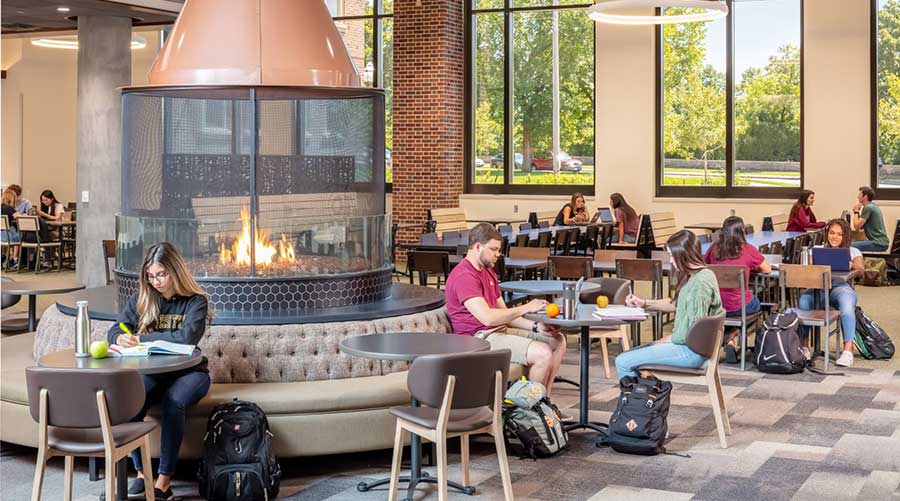LEED Ratings Offer Specifications For Sustainable Interior Products
The LEED rating systems offer specifications for a variety of sustainable interior products like paints, flooring, adhesives and systems furniture. Whether or not facility managers are working on a LEED initiative, these specifications offer a starting point for narrowing down product decisions and create their own standards.
For instance, in its Indoor Environmental Quality section, LEED for Commercial Interiors (LEED-CI) says that any interior adhesive or sealant must comply with South Coast Air Quality Management District Rule 1168 for volatile organic compound (VOC) limits, 50 g/L for indoor carpet adhesive as one example. Similarly, LEED-CI offers several options for compliance with its interior flooring standard, depending on whether facility managers are looking at carpet, hardwood or resilient flooring. The flooring credit references third-party certifications, like Carpet and Rug Institute's Green Label Plus, to address performance attributes as well as a product's effect on indoor air quality.
"These interior materials and furnishings have multiple important sustainability factors," says Holley Henderson, sustainable design consultant for H2 Ecodesign and former LEED-CI Core committee chair. "But likely the most important for human health is indoor air quality."
Another critical consideration in the development of standards is the exact chemical make-up and raw materials that are part of a product. Before writing standards in this area, it's important for facility managers to know the standards of the organization at large. What chemicals or materials are on the banned list? Are there particular materials that the organization prefers over others? Health care organizations, for instance, often are very specific about which chemicals or substances are not permitted in their facilities, whether in flooring or medical devices.
"Make sure you have a pretty good idea of the environmental policies in place that guide the overall direction of purchasing," says Elaine Aye, principal with Green Building Services. "This can help ensure that you're not making purchasing decisions in a vacuum."
Facility managers can also look to recognized third-party green certifications for guidance on interior product standards, says Aye. If a product carries a certification by a third-party organization like Green Seal, Greenguard or Scientific Certification Systems, that verifies that it meets particular sustainable performance criteria, whether VOC emissions, recycled content or any of a number of other sustainable attributes.
Another huge consideration when developing interior standards is what happens at the end of a product's life. Is it recyclable? And if so, will the manufacturer come and collect it? Or will the product end up in a landfill?
"LEED doesn't and can't specify the full life-cycle of products in our buildings," says Mark Webster, a project manager with Simpson Gumpertz & Heger. "LEED is useful because it provides a checklist, but its simplicity can also be a weakness in terms of developing standards. You really need to take a more holistic approach. "
LEED and the green certifications, then, should really be just the starting point for developing a comprehensive sustainable interior product standard, says Baer.
Related Topics:














